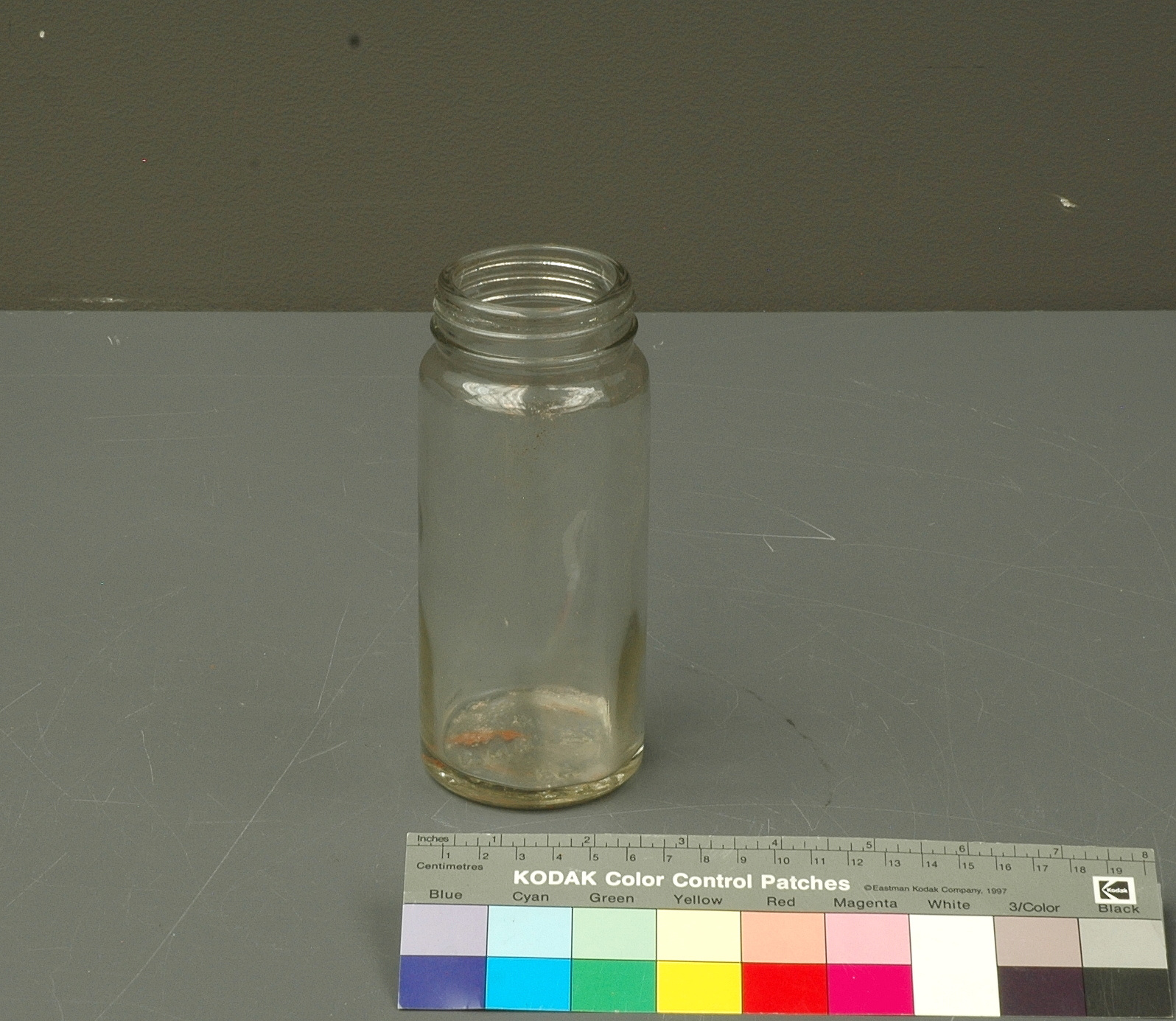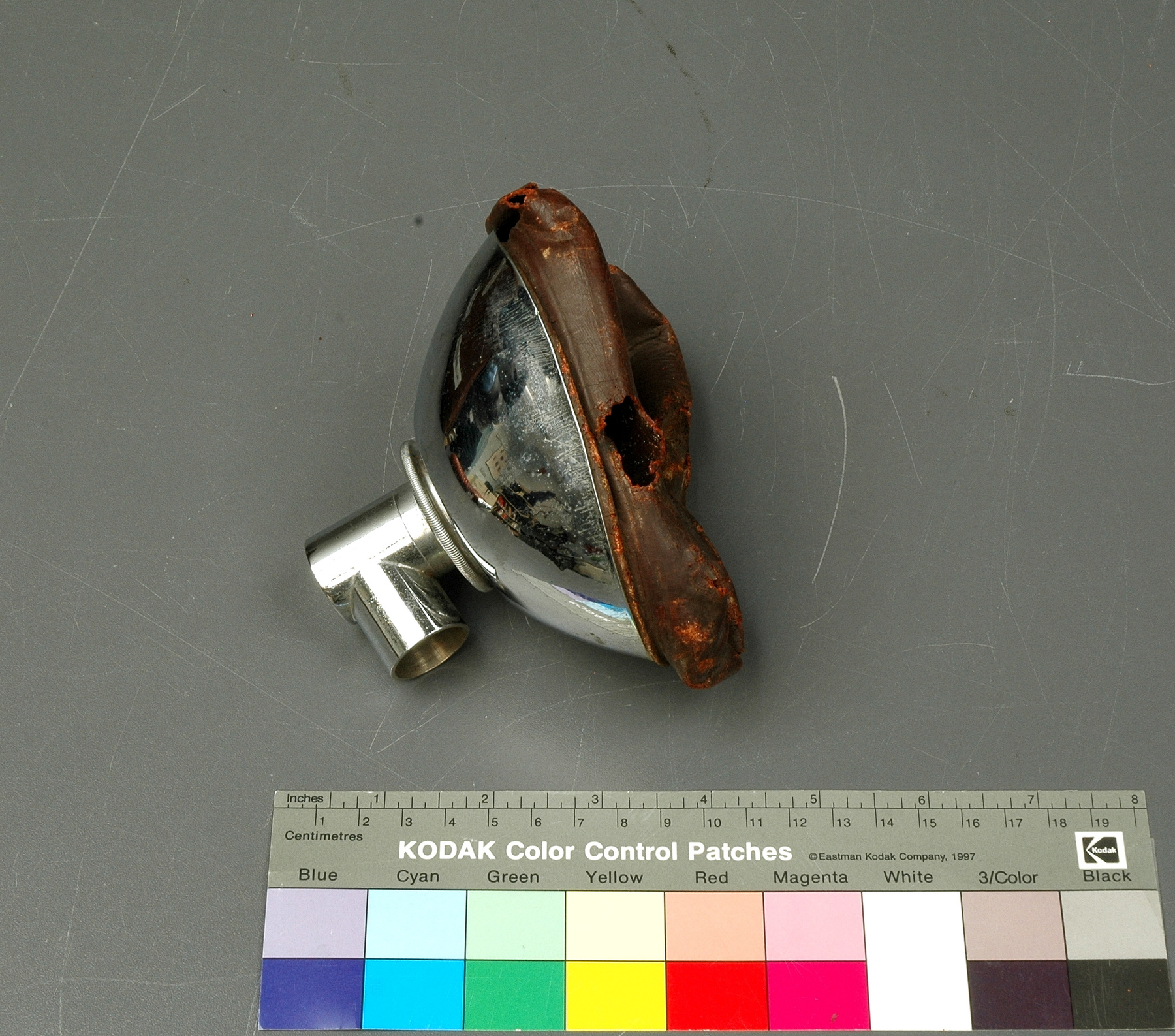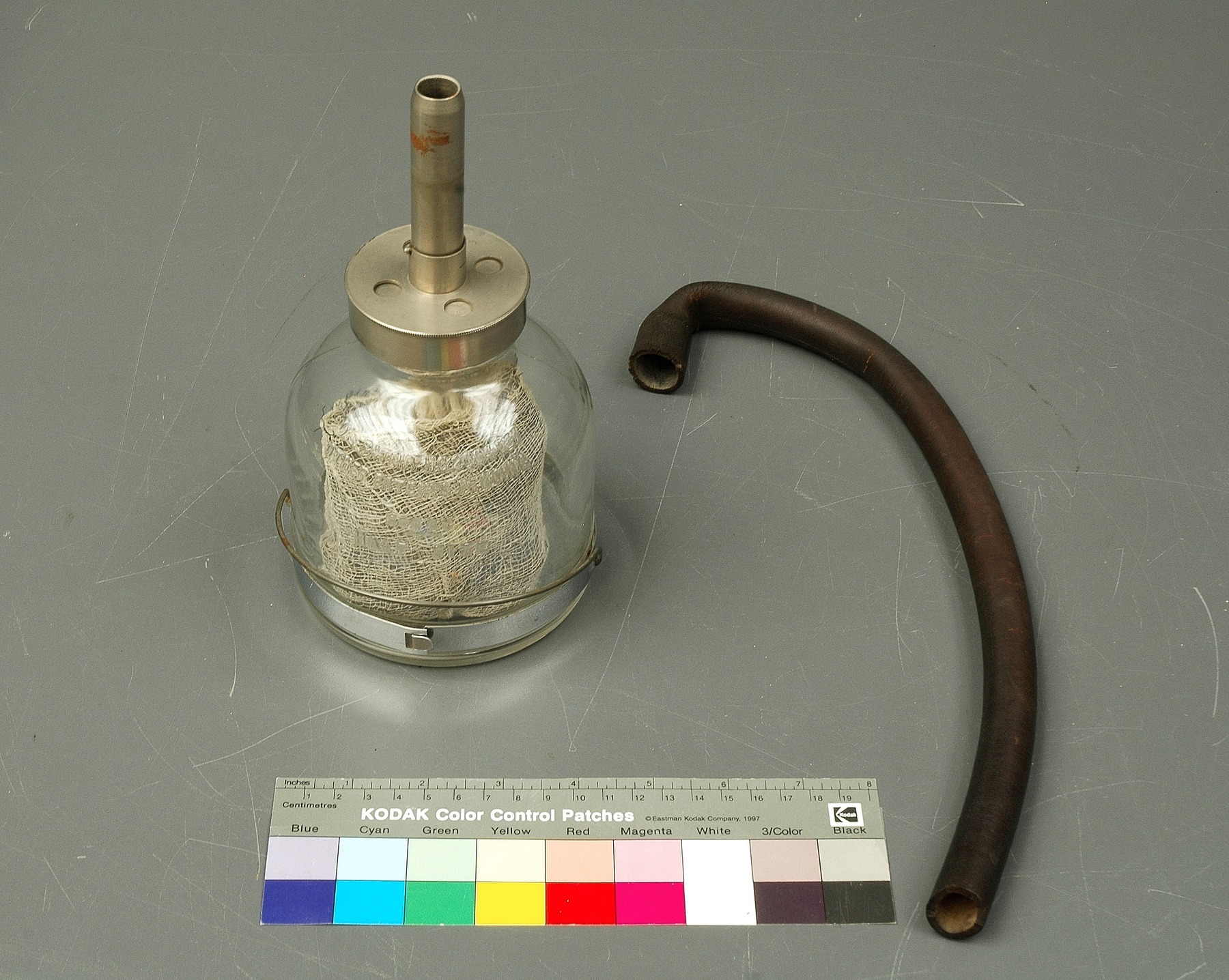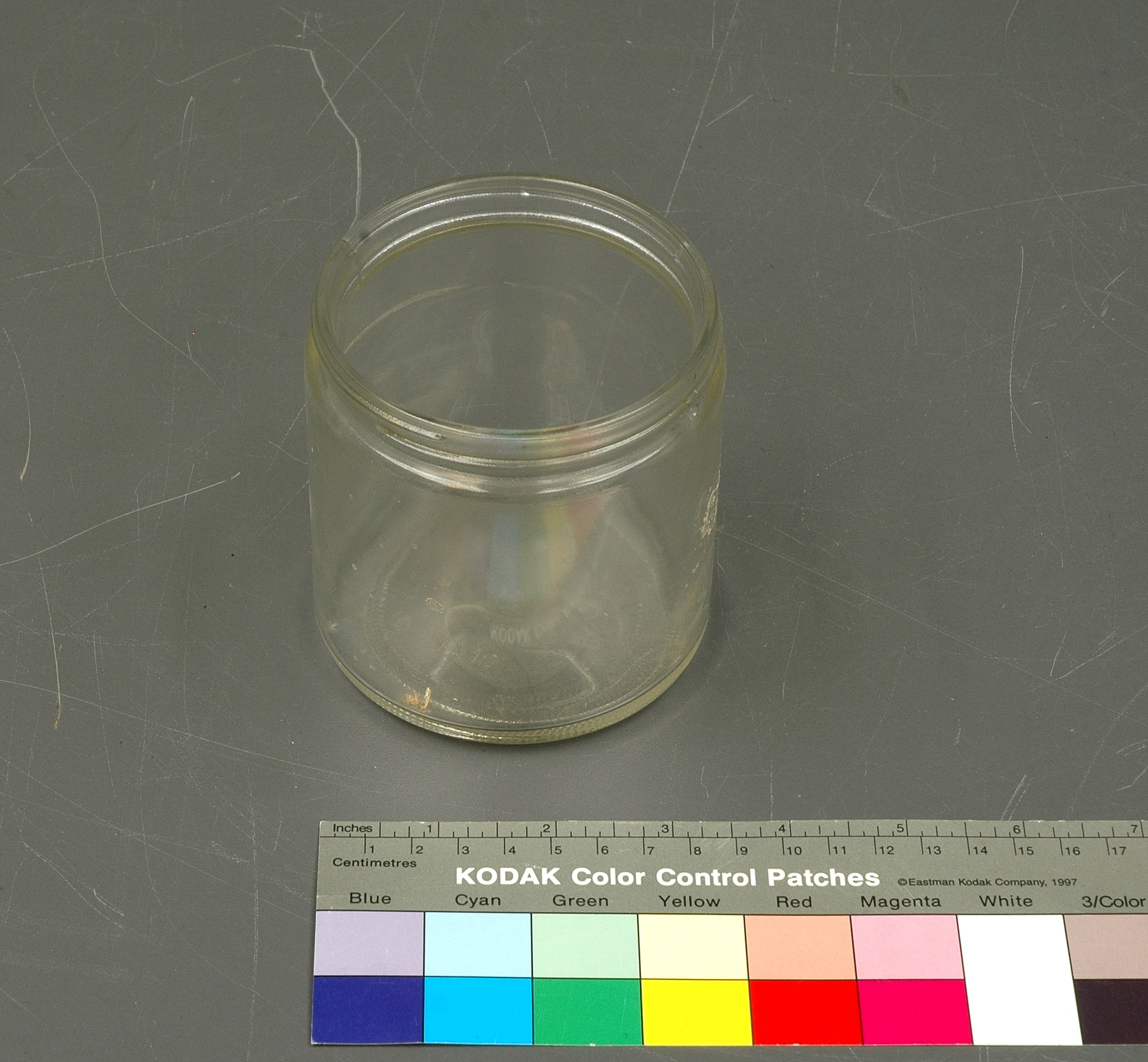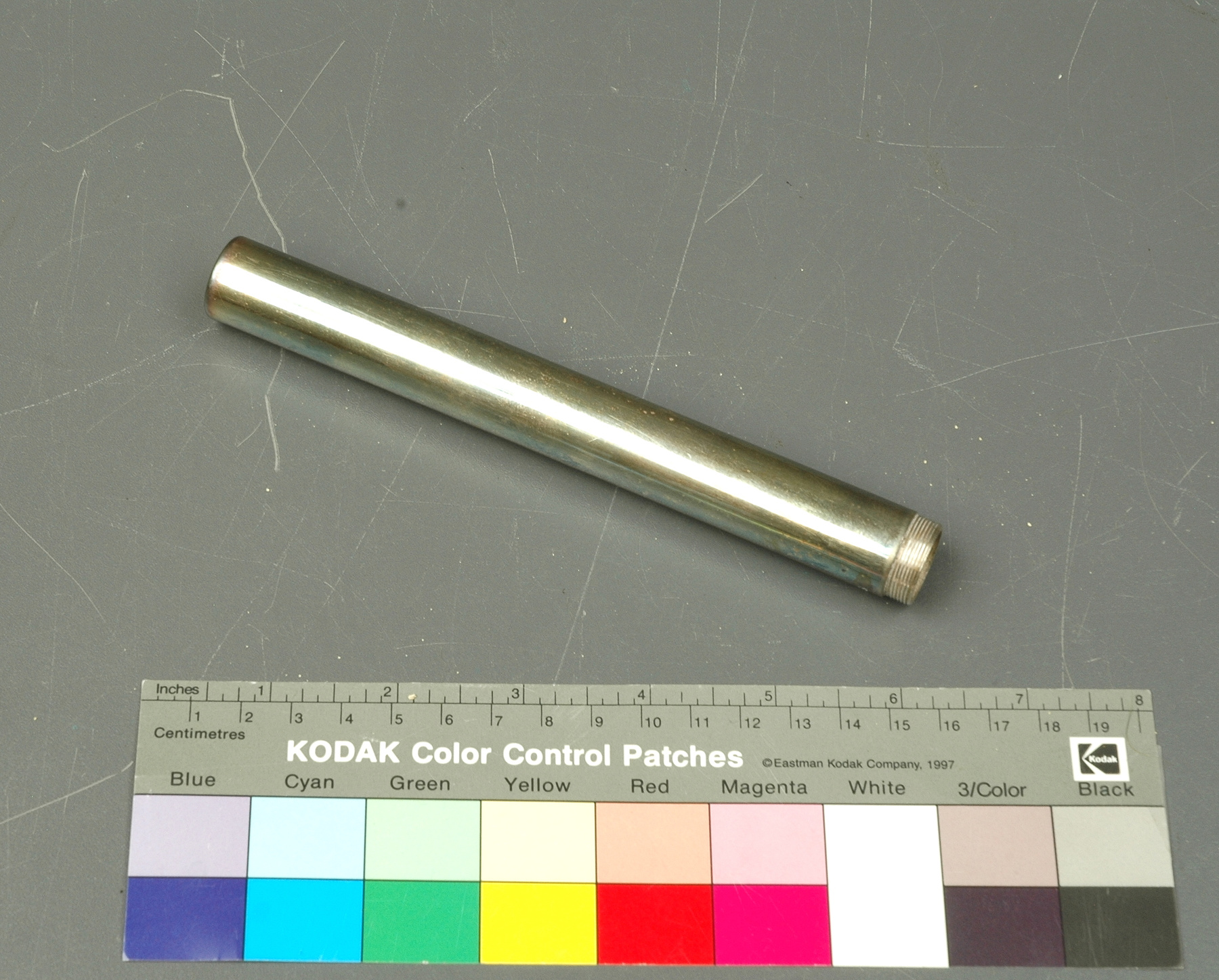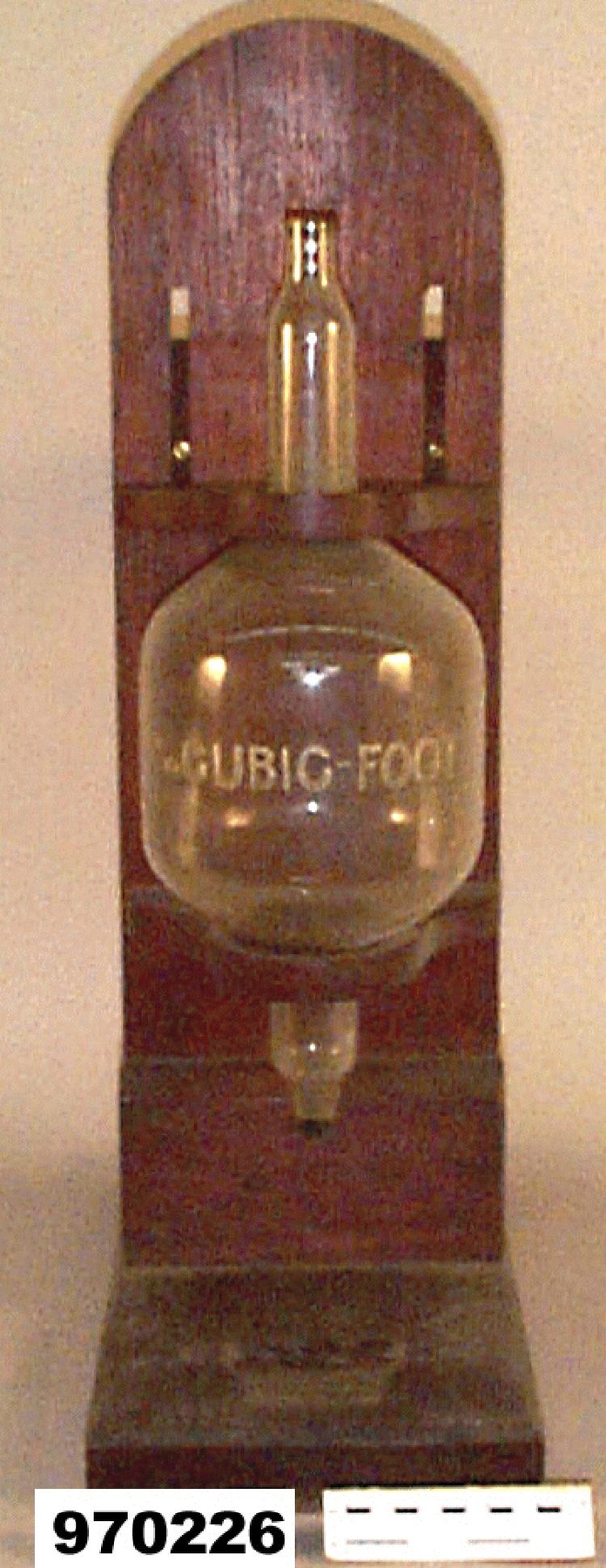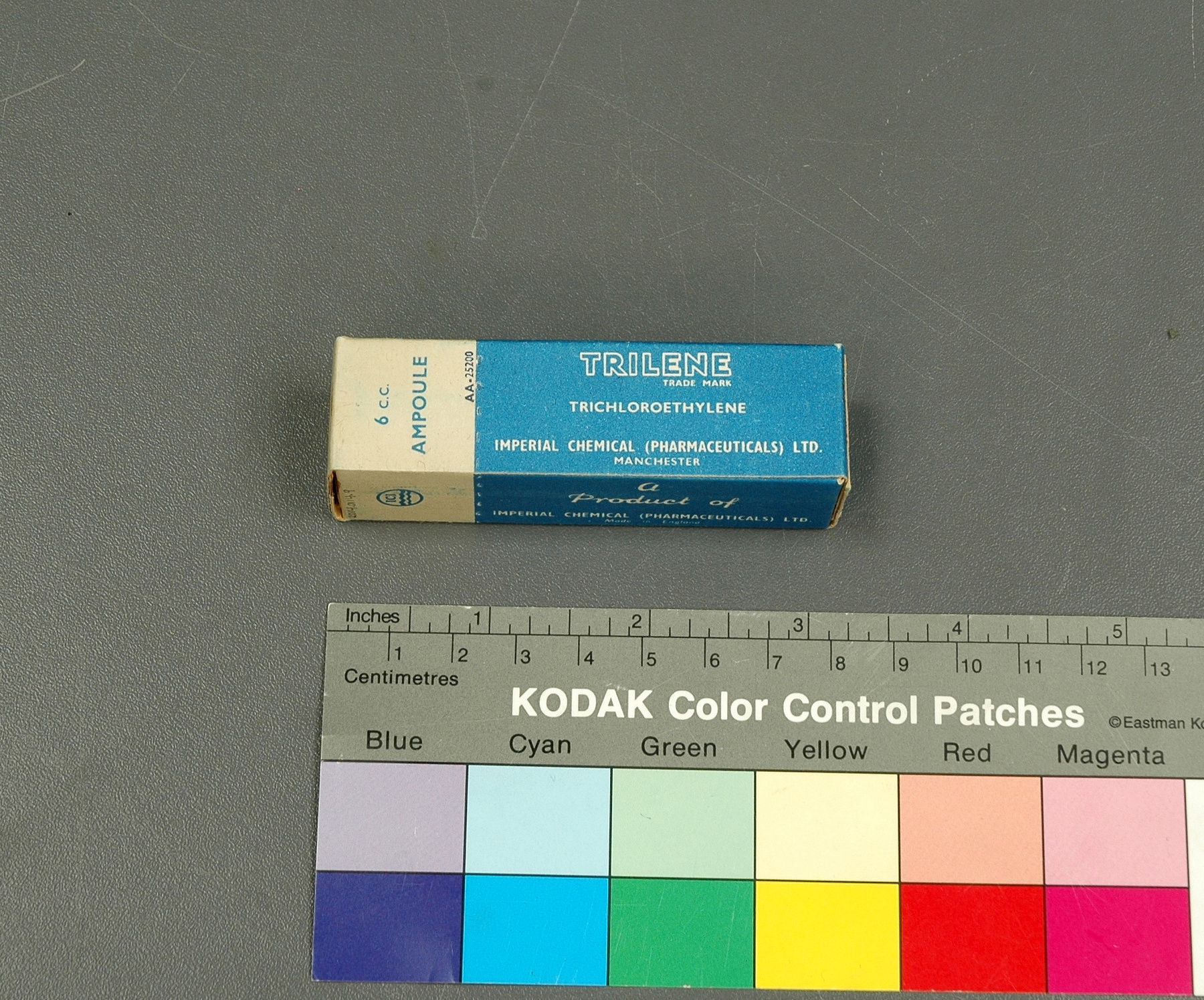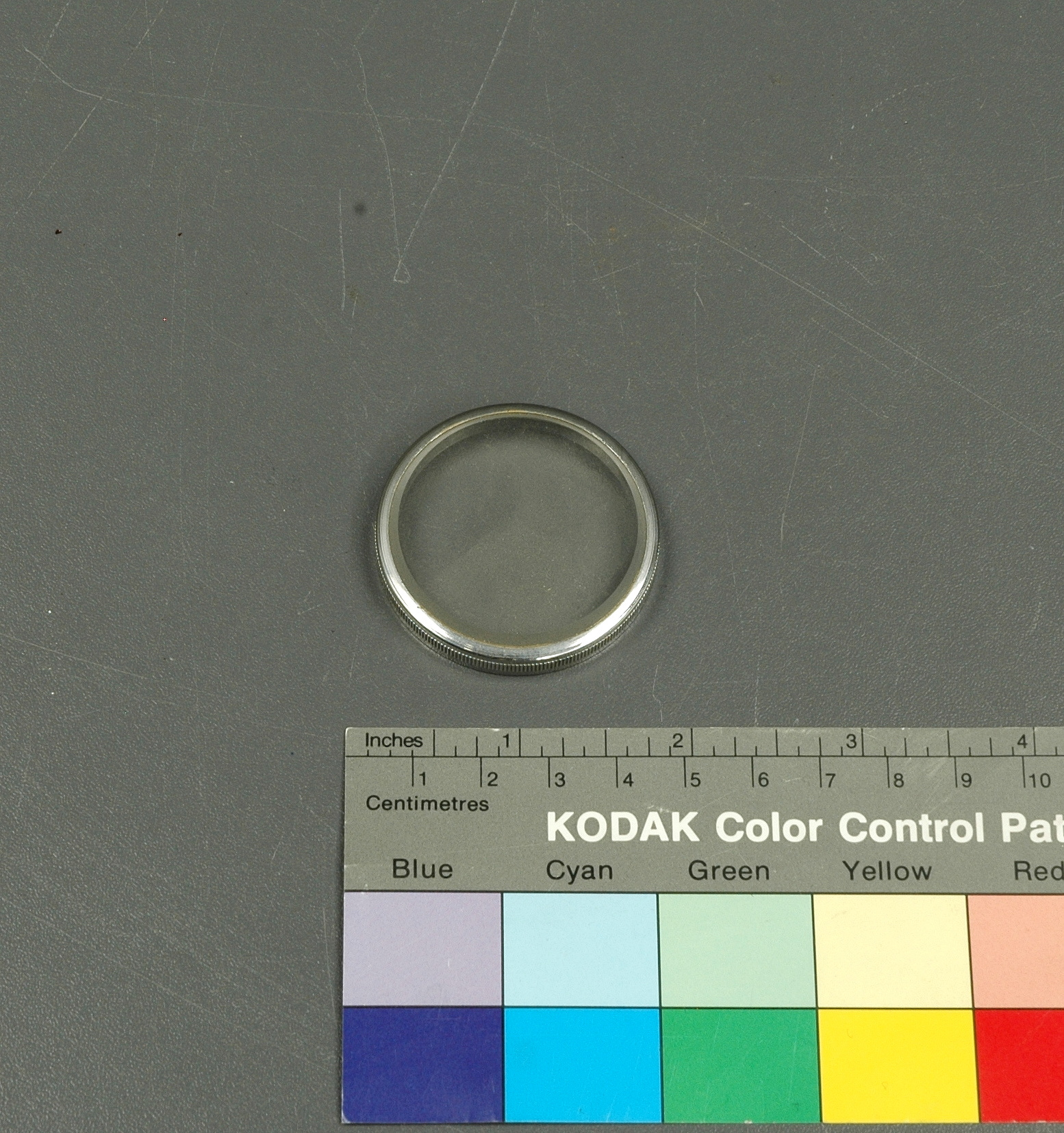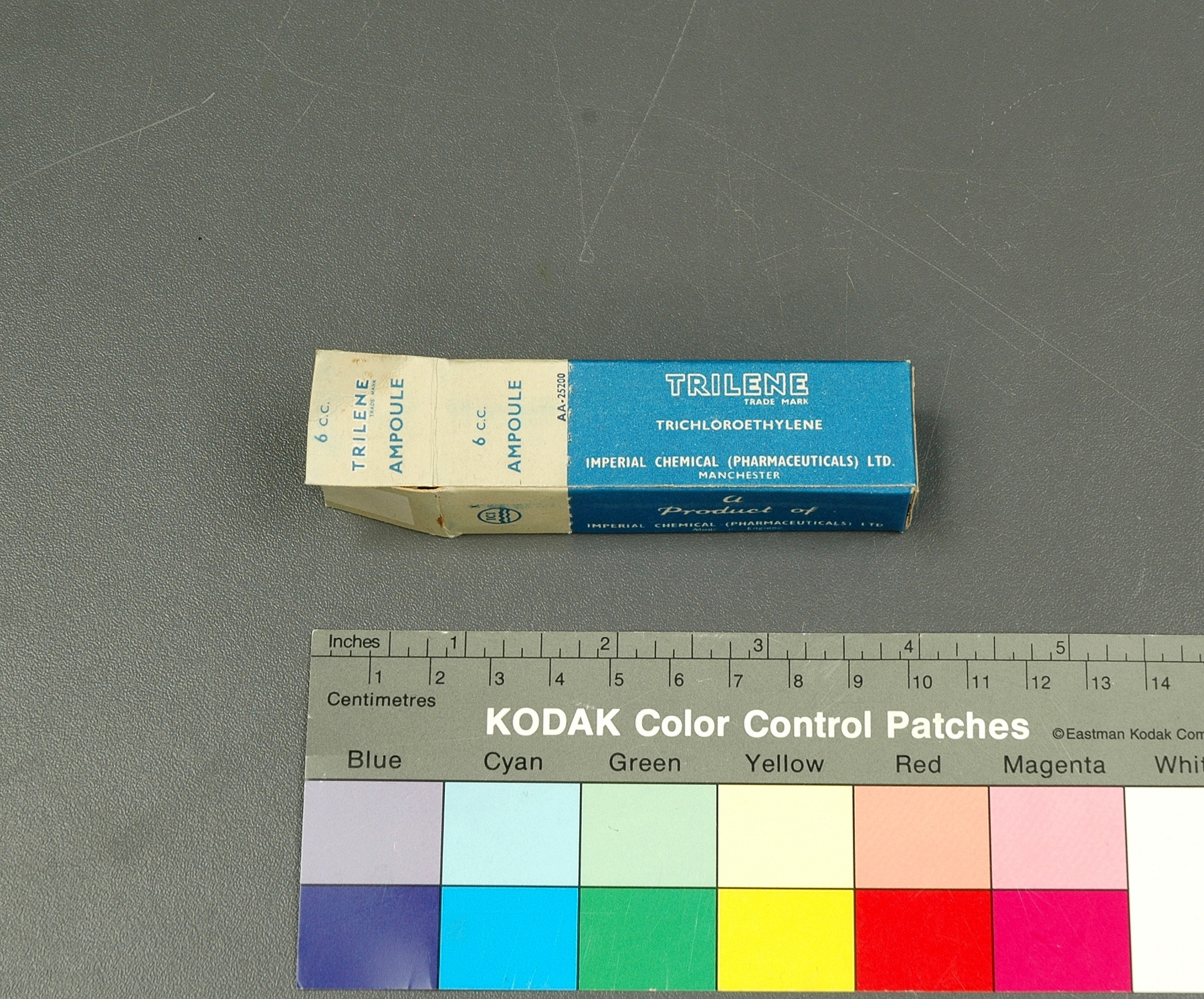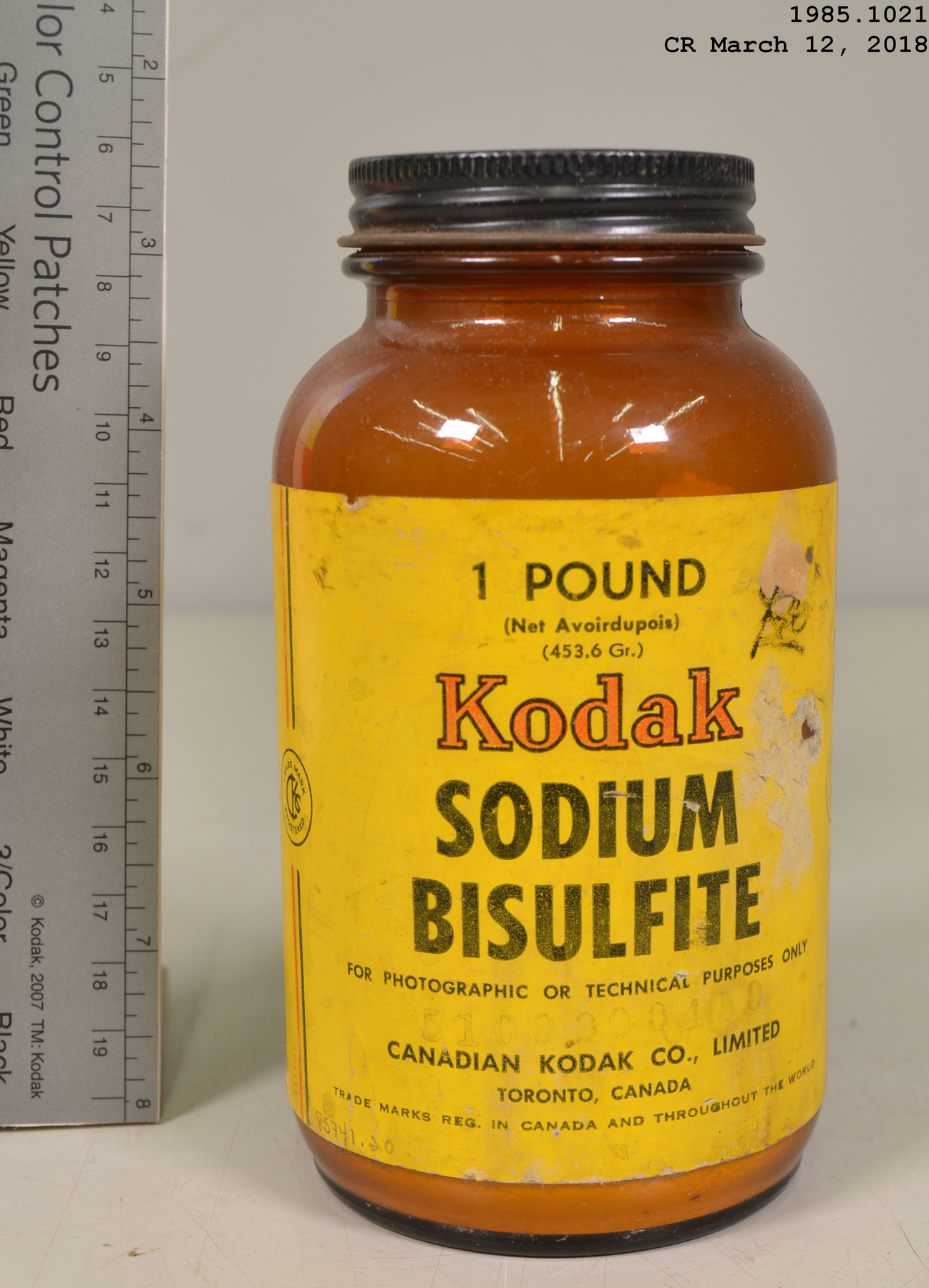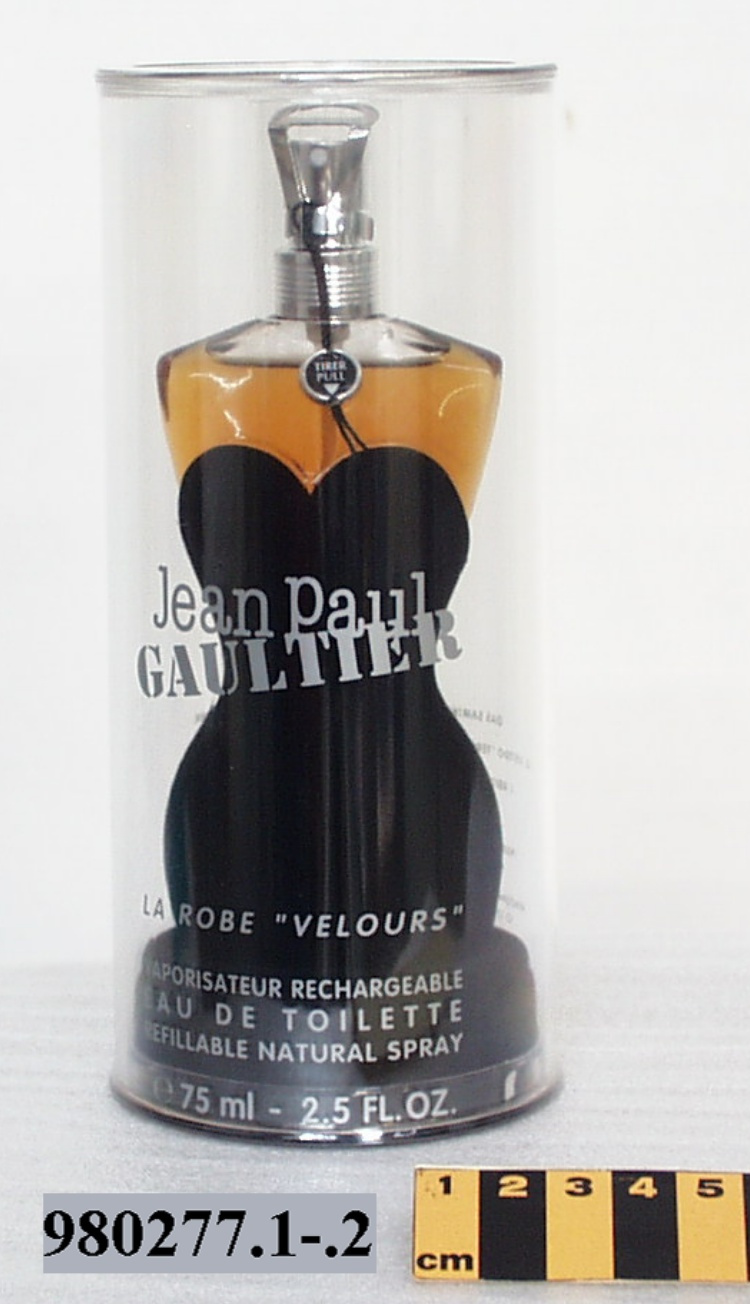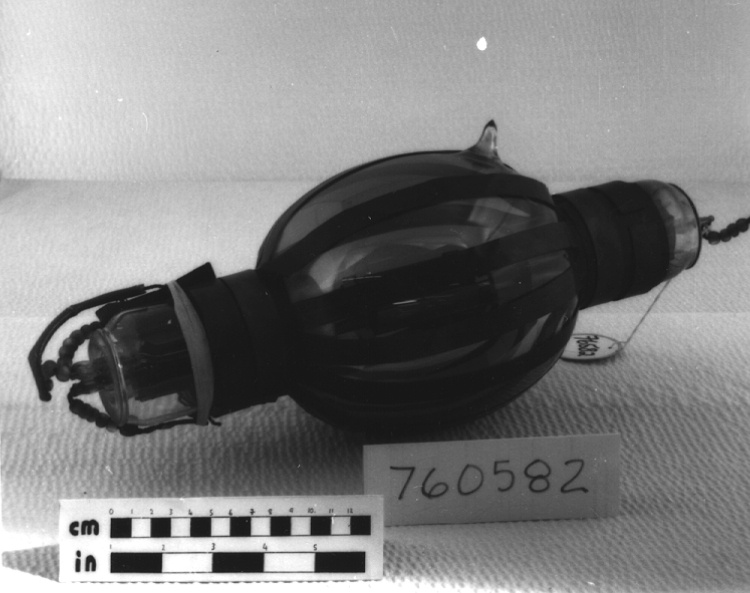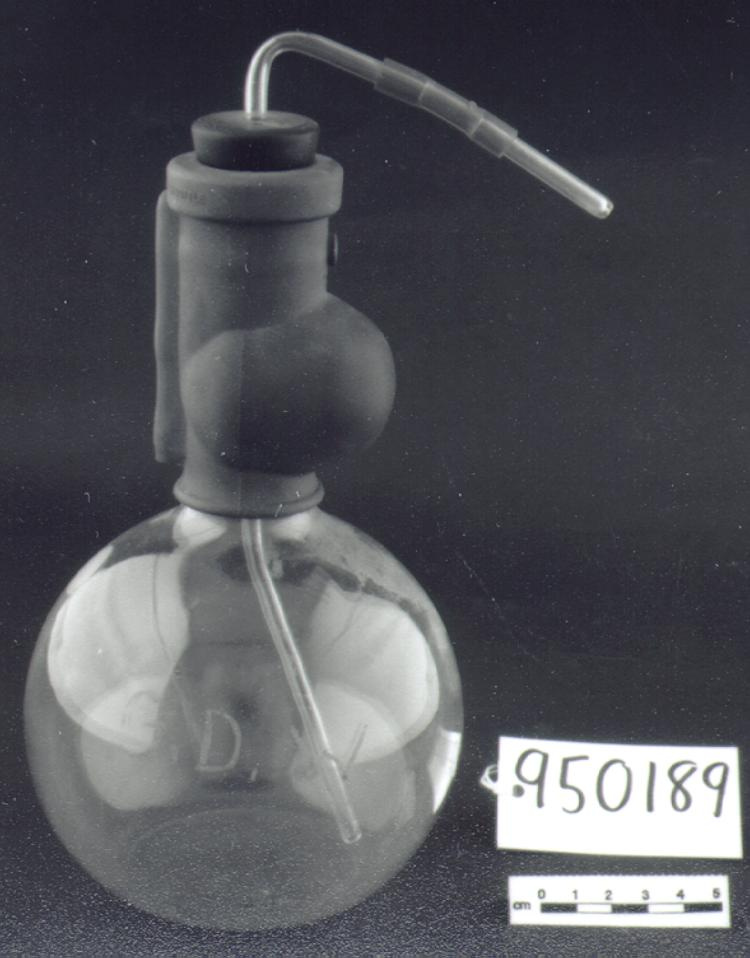Appareil d'anesthésie
Utiliser cette image
Puis-je réutiliser cette image sans autorisation? Oui
Les images sur le portail de la collection d’Ingenium ont la licence Creative Commons suivante :
Copyright Ingenium / CC BY-NC-ND (Attribution-NonCommercial 4.0 International (CC BY-NC 4.0)
ATTRIBUER CETTE IMAGE
Ingenium,
2014.0119.001
Permalien:
Ingenium diffuse cette image sous le cadre de licence Creative Commons et encourage son téléchargement et sa réutilisation à des fins non commerciales. Veuillez mentionner Ingenium et citer le numéro de l’artefact.
TÉLÉCHARGER L’IMAGEACHETER CETTE IMAGE
Cette image peut être utilisée gratuitement pour des fins non commerciales.
Pour un usage commercial, veuillez consulter nos frais de reproduction et communiquer avec nous pour acheter l’image.
- TYPE D’OBJET
- S/O
- DATE
- 1933–1937
- NUMÉRO DE L’ARTEFACT
- 2014.0119.001
- FABRICANT
- Coxeter & Son
- MODÈLE
- Inconnu
- EMPLACEMENT
- London, United Kingdom
Plus d’information
Renseignements généraux
- Nº de série
- S/O
- Nº de partie
- 1
- Nombre total de parties
- 16
- Ou
- S/O
- Brevets
- S/O
- Description générale
- Metal frame and fittings; glass tubes; plastic caps; cork stoppers
Dimensions
Remarque : Cette information reflète la taille générale pour l’entreposage et ne représente pas nécessairement les véritables dimensions de l’objet.
- Longueur
- 28,2 cm
- Largeur
- 12,8 cm
- Hauteur
- 24,3 cm
- Épaisseur
- S/O
- Poids
- S/O
- Diamètre
- S/O
- Volume
- S/O
Lexique
- Groupe
- Technologie médicale
- Catégorie
- Produits chimiques et médicament
- Sous-catégorie
- S/O
Fabricant
- Ou
- Coxeter
- Pays
- United Kingdom
- État/province
- Inconnu
- Ville
- London
Contexte
- Pays
- Inconnu
- État/province
- Inconnu
- Période
- Unknown
- Canada
-
Part of a collection of medical technologies donated to the Canada Science and Technology Museums Corporation by the Canadian Anesthesiologists’ Society. This machine was lent to CAS by Dr. Jeremy Sloan of North York, Ontario in 1995. Dr. Sloan is regarded as a leader in the promotion of safety standards for anesthetic equipment. - Fonction
-
Used to support the administration of anesthesia. - Technique
-
The original concept of Boyle's machine was invented by the British anaesthetist Henry Boyle (1875–1941) in 1917. Boyle promoted intratracheal insufflation techniques using nitrous oxide, oxygen and ether, replacing open-drop anaesthesia. Initially he used imported Gwathmey machines from the USA, but finding them unreliable, he developed his own continuous-flow machines. His design included cylinders for the gases and a "Boyle's Bottle" to vaporize diethyl ether. Until recently, an anaesthetic machine was often referred to as a "Boyle's Machine" in honour of his contribution. Dr. Sloan believes that this machine has an unsafe design because it was hard to assemble which often resulted in connection errors and issues during operation. (ref.1) - Notes sur la région
-
Inconnu
Détails
- Marques
- Proper front, at bottom of meter on proper right: "O2 CO2 N2O"/ On tubes inside the meter: proper right tube: "1/ 2/ 4/ 6 /8/ 10/ 12"/ middle tube: "1/ 2/ 3"/ proper left tube: "2/ 4/ 6/ 8/ 10/ 12/ 14/ 16/ 18/ 20"/ On top of meter: "COXETERS'S/ FLOWMETER/ PATENT/ No. 347467"/ Next to levers above each of two bottles: "ON/ OFF/ PATENT/ No. 331050"/ On bar above each bottle: "PATENT No./ 258454/ COXETER/ LONDON"
- Manque
- Appears complete
- Fini
- Clear glass and polished metal
- Décoration
- S/O
FAIRE RÉFÉRENCE À CET OBJET
Si vous souhaitez publier de l’information sur cet objet de collection, veuillez indiquer ce qui suit :
Coxeter & Son, Appareil d'anesthésie, vers 1933–1937, Numéro de l'artefact 2014.0119, Ingenium - Musées des sciences et de l'innovation du Canada, http://collection.ingeniumcanada.org/fr/id/2014.0119.001/
RÉTROACTION
Envoyer une question ou un commentaire sur cet artefact.
Plus comme ceci



